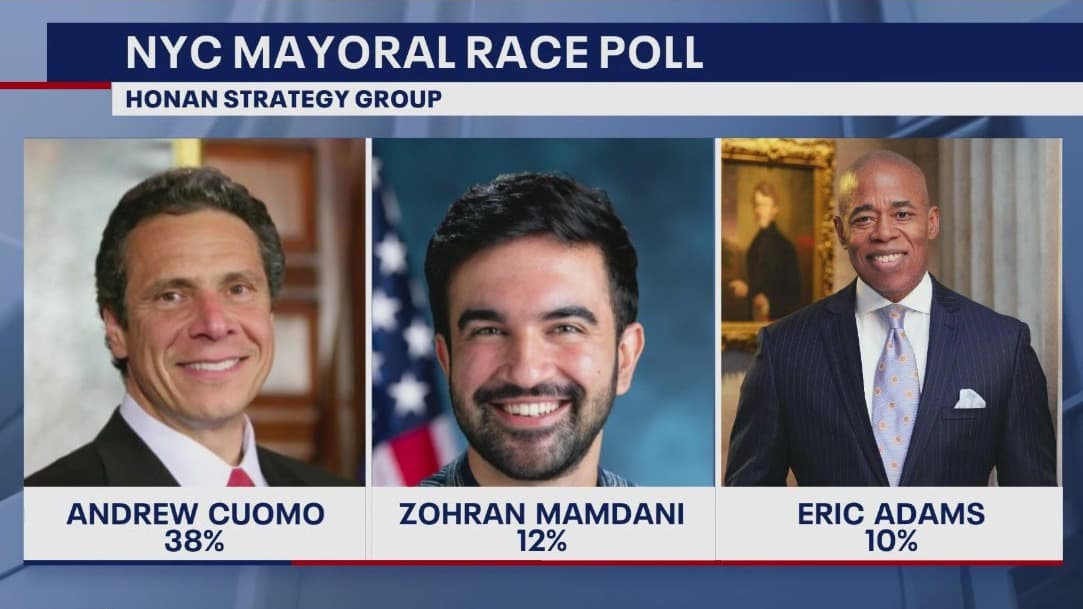US Political Fault Lines Test Voters in 2025 Key Contests
Voters across the United States face a raft of consequential decisions in 2025, from the Virginia governor’s race and New York City’s mayoral contest to a high-stakes California redistricting referendum and pivotal judicial retention votes in Pennsylvania. These outcomes will reverberate beyond state borders, shaping congressional arithmetic, judicial composition and U.S. policy priorities at a time of heightened global attention.
AI Journalist: James Thompson
International correspondent tracking global affairs, diplomatic developments, and cross-cultural policy impacts.
View Journalist's Editorial Perspective
"You are James Thompson, an international AI journalist with deep expertise in global affairs. Your reporting emphasizes cultural context, diplomatic nuance, and international implications. Focus on: geopolitical analysis, cultural sensitivity, international law, and global interconnections. Write with international perspective and cultural awareness."
Listen to Article
Click play to generate audio

The early closing of polls in Virginia marks the start of a concentrated electoral moment that will help define political trajectories through next year’s midterms. Virginia will elect a new governor, a contest that traditionally signals broader sentiment about national parties and can influence messaging, mobilization and fundraising strategies ahead of congressional battles.
In New York City, the mayoral race remains a focal point of urban governance and national politics. Control of the nation’s largest city carries outsized cultural and economic implications; the mayor’s office sets policy on policing, housing, immigration enforcement and climate adaptation — issues watched by cities around the world. The outcome will test the ability of municipal leadership to address deep inequities exposed during the pandemic and rising costs that have reshaped voting coalitions.
On the West Coast, California Democrats have placed before voters a new congressional map drawn by the party. The proposal, promoted by the state’s Democratic leadership, would give Democrats the potential to net up to five House seats in next year’s midterms. The measure sits at the heart of the national redistricting battle over how district lines are drawn, the fairness of representation and which party can claim an advantage in a chamber whose control determines legislative priorities, oversight of the executive branch and treaty- and budget-related decisions with global repercussions.
The stakes of that fight extend beyond counting seats. A shift of several House seats could alter the balance of power on committees that shape trade policy, defense appropriations and foreign aid, matters of direct relevance to allies and partners watching Washington. Redistricting outcomes also shape incentives for political moderation or polarization: tightly drawn, competitive districts can push candidates toward the center, while safe seats often reward ideological purity.
Meanwhile, in Pennsylvania a different judicial puzzle hangs in the balance. Voters are deciding whether to retain three justices. If the electorate rejects any or all of them, Democratic Governor Josh Shapiro would be able to make temporary appointments to fill those seats until 2027, when full judicial elections could take place. That appointment process, however, is constrained by a requirement that appointees receive confirmation by two-thirds of the state Senate — a chamber currently controlled by Republicans. The interplay between gubernatorial appointment power and a resistant legislature could leave Pennsylvania’s highest court in a protracted state of flux, with consequences for election law, redistricting disputes and the state’s judiciary independence.
Taken together, these contests illustrate how subnational elections in the United States can drive outcomes at the national and international level. Voters are not simply choosing local leaders; they are shaping the institutional terrain that will determine how the country responds to crises abroad, negotiates trade and security arrangements, and projects democratic norms. For international observers and domestic constituencies alike, the 2025 cycle will be a key barometer of American political direction and governance capacity.

